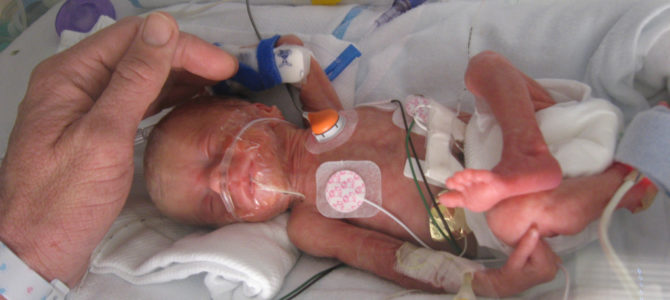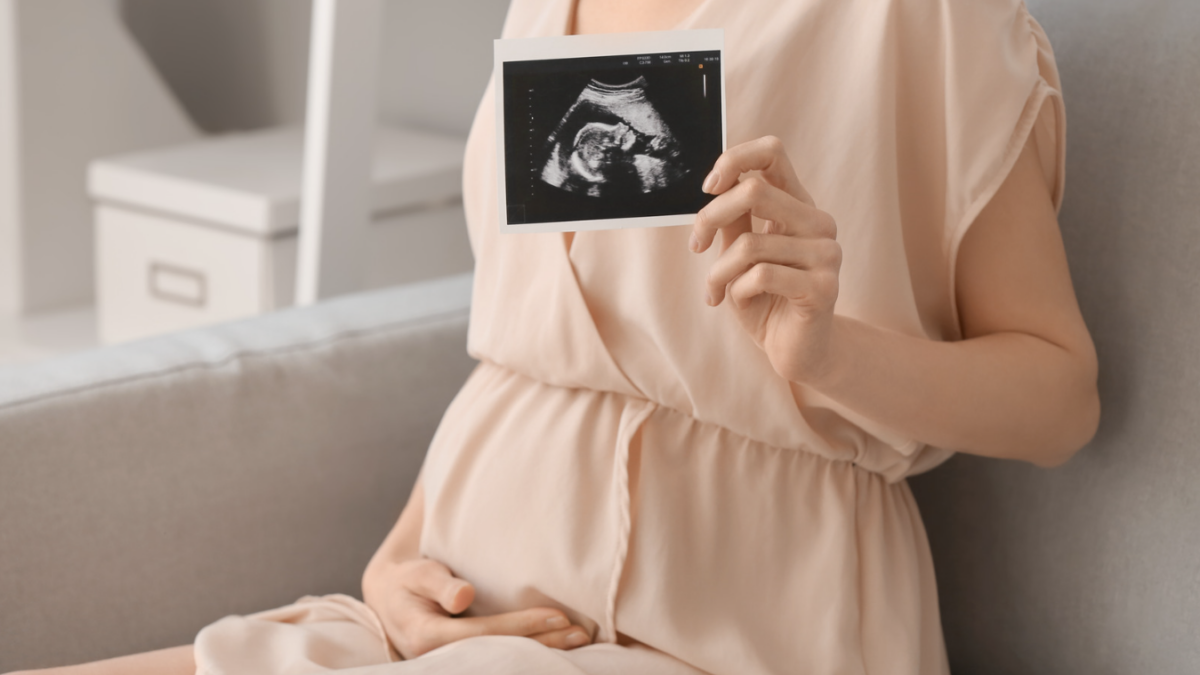
As a neonatologist, I have an insider’s view on the science behind the Pain-Capable Unborn Child Protection Act, which Congress is set to vote on this week. This bill would prevent abortions of unborn children after 20 weeks—just shy in age of the babies I regularly care for. Putting aside a medical ethics discussion about abortion at this time, edge-of-viability unborn babies feel pain. Here’s how I know.
You Can Make a Preemie Mad
In the neonatal intensive care unit, I see premature babies at the edge of viability (23-24 weeks’ gestation) react to painful or uncomfortable procedures every day. For example, when you poke them for blood work, the babies wrinkle up their faces, kick their feet, clench their hands into tiny fists, curl their toes, arch their backs and try to wriggle away, or smack at the offending person. Just ask the nurses.
Measurable physiologic responses to noxious stimuli can include elevated heart and respiratory rates. Some babies just stop breathing and become bluer than any toddler in full-blown tantrum mode. I’ve watched both. Whether they are term or extremely immature, even though they can’t use words, babies in every neonatal intensive care unit (NICU) clearly do not react well to what the adults know are painful procedures.
Some argue that all of these reactions are just that, mere reactions. After the House bill was passed in October 2017, news outlets and abortion providers attempted to rebut the bill with information from a decade-old study on fetal pain. They concluded that a fetus cannot feel pain prior to 26 weeks because the central nervous system (CNS) is not sufficiently intact.
It is true that the CNS, just like all of the other systems, is still in the process of forming early on during pregnancy. As the unborn baby matures, neural connections develop between the part of the body receiving the painful information and the brain that interprets this information. Consciousness as we know it is not yet present, so some argue there cannot be a meaningful memory, thus there is no pain: “a proper understanding of pain must account for the conceptual content that constitutes the pain experience.”
More Recent Science on Fetal Pain Perception
Yet a growing body of scientific research demonstrates that fetal CNS maturation is not required for pain perception. In 2016 the Journal of Pain Research published a summary of multiple different scientific studies all leading to the conclusion that “an early form of pain may appear from the 15th week of gestation onward.” This early physiologic response “is different than emotional pain felt by the more mature fetus,” but it is still a form of physical pain.
Importantly, just the physiologic stress alone can cause long-term developmental changes to an unborn child’s brain, “ultimately leading to adverse neurological outcomes” for that unborn child. Thus, fetal anesthesia is now standard of care for all surgeries performed on unborn children.
Although “whether a fetus is capable of experiencing pain as a conscious and emotional feeling remains unclear….we cannot deny that the fetal nervous system mounts protective responses to tissue injury.” In other words, we know that painful stimuli is causing (sometimes damaging) reactions from the baby, even if it is impossible for us to confirm its exact nature by having these infants “tell us” how they feel.
Because of years at the bedside it makes sense to me that a later-stage fetus would experience the same reactions as prematurely born infants—who would receive anesthesia to prevent pain during and after their surgeries. While recently awaiting the imminent delivery of a 23-week baby, I thought about what distinguishes the marginally viable baby from the marginally viable fetus. Answer: the cell layers between mother and child.
Our law focuses on whose cell layers they are, and which side of the layers one is living on. But the human baby that is in the womb one moment and out the next is the same person on both sides. Because of how early in gestation I get to meet these tiny people, it is unthinkable to condone someone else literally tearing apart the same person I would attempt to save.









